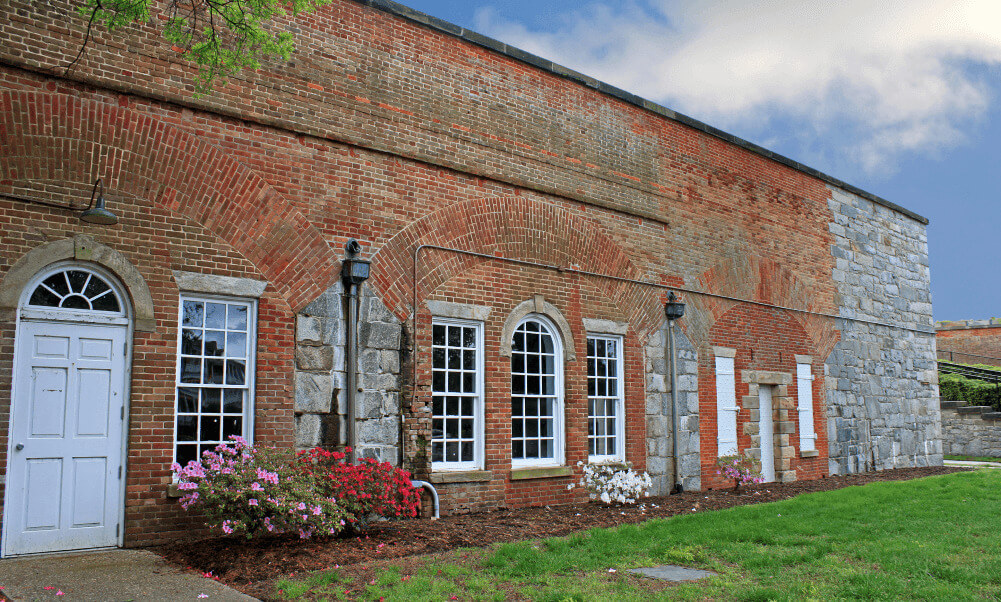
EPCs (Energy Performance Certificates) are quite a confusing topic, especially for listed buildings. Does your home need an EPC rating if it is listed?
Are there any exemptions available for listed buildings? And how does one improve the energy rating of a listed building?
Answers to all of these questions about EPCs for listed properties can be found in this article.
What is an Energy performance certificate (EPC)?
An EPC is a certificate that shows the energy efficiency rating of a building. The rating starts at “A” (most efficient) and ends at “G” (least efficient). An EPC tests how energy efficient a building is, and it is given a rating based on the findings.
The rating is valid for ten years, but if you make improvements to the energy efficiency of a property within these ten years, you can have a retest.
Previously, if a listed historic building was being let or sold, it didn’t require an EPC rating.
However, in 2018, the government introduced Minimum Energy Efficiency Standards.
This measures the energy performance of any property being let with an EPC rating of E or below.
It is the government’s aim to raise the minimum to a C rating by 2030.
Essential Steps for Listed Building Owners: Do I need an EPC?
It is now a legal requirement that any listed building intended to be sold or rented must have an EPC rating.
If your property has a rating of E or below, the minimum energy performance requirement must be met in order for you to sell or rent it.
EPC ratings are becoming increasingly strict for rental properties.
Minimum EPC ratings are intended to be raised from E to C for all new tenancies by 2025.
And any existing tenancies by 2028.
The aim here is for around 60% of the properties with EPC ratings of E and lower to be pushed up to C ratings.
While the topic of EPC ratings is rather confusing, particularly when we cross into buildings in conservation areas and discuss the idea with the planning authority or your local conservation officer, there is a general rule to follow.
If you intend to rent or sell a period home soon, an EPC rating is required.
If it’s deemed to be an E rating or lower, improvements should be made. However, as of writing this article, improvements are not required by law.
Energy Performance Certificate exemptions for a listed building
While most residential buildings are now required to have an EPC rating by law, there are some exemptions for business properties.
If a business property has official protection or listing, and if the minimum energy performance requirements are considered unacceptable alterations for the building, then it may qualify for the exemption.
A temporary building that is only intended to be used for less than two years is also exempt from EPC ratings.
Non-residential agricultural buildings, for example, are a valid exemption. As well as workshops and industrial buildings within the farm yard.
However, the farmhouse would require an EPC rating by the property owner if they intend to sell or rent the farm.
How to improve a listed building’s energy performance
Most listed buildings have single-glazed windows, which greatly reduce the energy efficiency of your home.
Installing insulation for windows can greatly improve your home’s energy performance.
Using our double-glazing services ensures that the look of your property doesn’t change, but the EPC rating will be greatly improved.
With the government’s focus on improving EPC ratings of listed buildings. It has never been a better time to look into improving your home’s energy performance.
The government has several key initiatives that will help with energy efficiency improvements for listed buildings around the UK.
And if you don’t intend to sell your home at the moment. These improvements will still see a saving on your energy bills. So they are well worth considering, no matter the status of your home.

We hope this look at EPC ratings for listed buildings has been helpful.
For more about our retrofitting double glazing, draughtproofing and wooden window restoration services, please explore our website further.
Read more articles

Thoughts on Double-glazing Alternatives
Thoughts on Double-glazing Alternatives
What is FENSA, and how does it affect you?
What is FENSA, and how does it affect you?
Double glazing retrofitting old cottage windows
Double glazing retrofitting old cottage windows